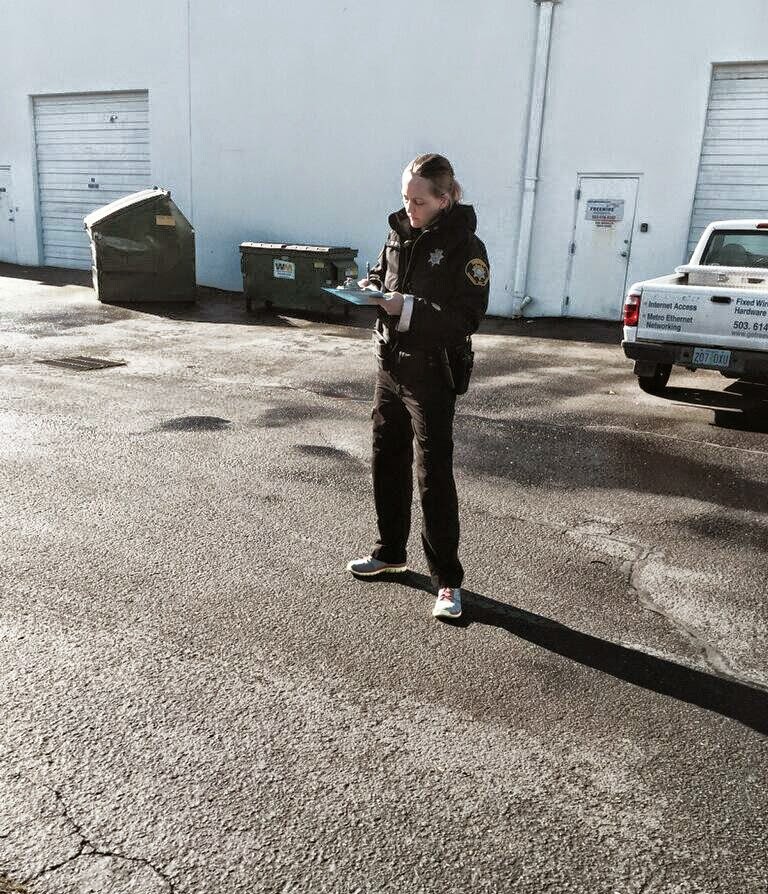As we close out November, we would like to focus on National Alzheimer’s Awareness Month. Your Sheriff’s Office has a toolbox full of resources for members of the community struggling with Alzheimer's disease or other memory-related illnesses.
Meet Marcia. Marcia Langer is WCSO’s very own full service resource for Elder Safe, Project Lifesaver and Help Me Home; three programs which help to serve members of our community struggling with any number of memory-related illnesses.
Marcia works tirelessly with deputies, the Search and Rescue program, Sheriff’s Elder Safe Volunteer Victims’ Advocates, as well as partners with Washington County Disability Aging & Veterans Services, Adult Protective Services, the district attorney’s office and law enforcement agencies across Washington County.
Marcia is also the primary trainer for the Gatekeeper Program providing essential training to members of the community who may come in contact with vulnerable citizens. Gatekeepers can be any number of individuals; they may be supermarket clerks, bank tellers, pharmacist, utility meter readers, a customer service representative, mail carriers, newspaper deliverers, just to name a few. They are individuals who can help open the gates between vulnerable people and the social service agencies that can help them. All a Gatekeeper needs to do is learn to recognize certain danger signals such as a change in appearance or behavior, signs of confusion or and the inability to make a phone call. In short, Marcia shares these folks “bring awareness when someone may declining in some way, and pair them with resources – provide a ‘who to call’”. For more information or to contact Gatekeeper, you can call their toll free referral line at 1 (855) 673-2372.
Marcia is passionate about providing these pertinent services to residents of Washington County and shares her driving force for doing what she does every day is “I want everyone to be happy and healthy, I want to be a contributing factor to their well-being. I want to help people. I had seniors in my own life, relatives and friends that were very important to me, I will be there some day and I want to be afforded the same compassion.”
The most rewarding part of the job for Marcia is the connection she makes with her clients, “on a home visit, I try to make their day a little bit better for as long as I’m there. If I can hold their hand, get a smile, some kind of contact, I’m good with that.”
Marcia went purple for Alzheimer's Awareness during the month of November and she hopes you will take a moment to watch the video below to familiarize yourself with the staggering prevalence of Alzheimer's disease.






























